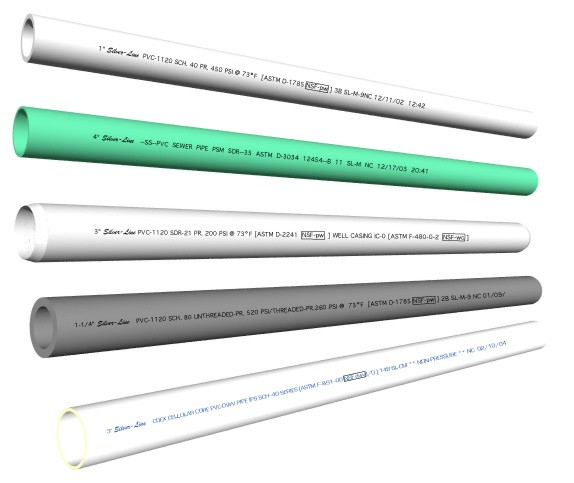just say ixnay on the evcpay
Probably the single largest investment you’ll make, in terms of mass if not dollars as well, will be your shade structure. Many of us ( myself included ) have fallen into the trap of using PVC piping in the past. “It’s light,” you think, “and cheap, and easy to work with.”
I know, it seems like that, but it’s not. I mean, it is, but there are hidden costs to consider. Here’s what Greenpeace has to say about PVC, which is short for polyvinylchloride:
“PVC creates environmental problems throughout its life cycle. PVC releases a cocktail of toxic chemicals that will somehow, at some stage in the process and in some form or another, end up back in the environment. The only way to end this is to phase out its use and switch to alternatives.
During the production of PVC, dioxins are created and released. Dioxins are one of the most toxic chemicals known. They have been linked to immune system problems and cancer. Dioxins are also a potent hormone disrupter.
PVC contains additives. Phthalates are added to PVC to make it more flexible. 95% of all phthalates produced are made specifically for use in PVC. Some phthalates have been found to have hormone-disrupting effects.
When its useful life is over, PVC creates further environmental and health problems. When burned in incinerators and accidental fires, dioxins are created and toxic gasses can be released. Putting PVC into landfill is no answer, as over time, it releases additives, which can threaten groundwater supplies.
Recycling PVC is difficult, results in more toxic emissions and just recycles the same problems.”
Plus, in a heavy wind, your structure will taco. Any even if it works this year, it will degrade over time in the sun–and that’s when the real mess starts. In short, PVC should be PNG’d.
So, what should you use to build your shade structure with? Consider steel, or wood.
Steel is strong, not as expensive as aluinum that has similar strength and is very recyclable. Metal poles (often referred to as conduit) -are about 1-1.5″ in diameter, and come in very handy lengths. They join together at the corners with the differently shaped fittings that you would expect to create a simple a-frame; bungee heavy tarps or reused
Billboard material over the tops, then use other fabrics (like that silvery woven stuff) for
sidewalls, angling them down to the ground.
The other option is wood ( ‘what about bamboo?’ you might ask. several people have reported that bamboo doesn’t hold up well in the very dry environment. what’s your experience?) On the plus side, it’s renewable, reuseable, and is easily cut to size. On the down side, it’s heavy, bulky, and will warp over time. Whenever building with wood USE SCREWS. They hold well, are easy to use, and most importantly, are easily removed. As mentioned earlier, plan your structure for easy recycling once you’re finished with it, so the lumber can find another permanent home off the playa.
Whichever you choose, it will be better than PVC, and with a little planning can be used for many years to come. Want to see proof? Visit Camp Sunscreen. Their rebar, rattan, and wood pole structure will be making its 11th visit to the playa this year if I’m not mistaken.

